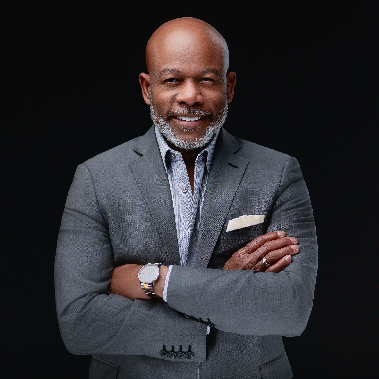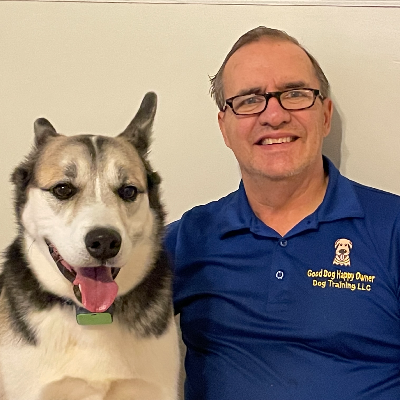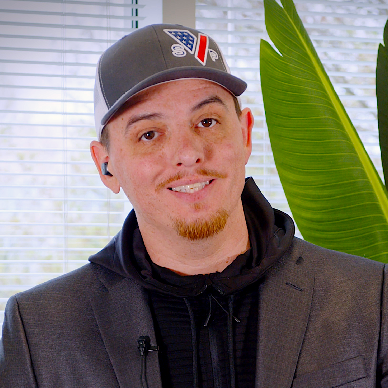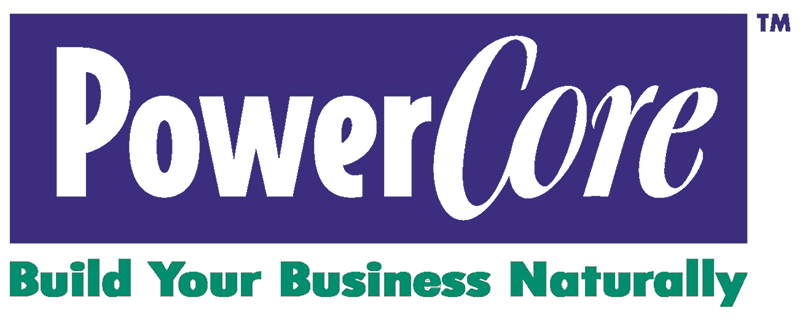What To Do To Get Referrals: Showcase Your Strengths
Quality is a value of our Team. We refer our clients to Team Members we are confident will provide quality.
How do you check quality in your business?
- Where is there a common glitch in your industry that you’ve created a system to address?
- What is your process when you see an opportunity for attention?

Response from Wendy Kinney
from the PowerCore Team
Harlan, the software that runs this website, does a lot of things autonomously.
I have no illusions about his infallibility. He can only do what he's programmed to do, and that doesn't always allow for every context.
So I keep my eye on the emails Harlan sends - I look for dissonance,
When I'm confident he's "got it" I use a label and filter those messages - like this - I don't look at all the Referral Trigger emails every Friday!
Most important, I value your input. When you see something you think Harlan could do better . . . I WANT to know!

Response from Saurel Quettan
from the Candler Park Team
As a business consultant, I bake quality in at the beginning of every engagement. I do so through a deliberately slow discovery process designed for my clients to discover the problem they want to address in their business, articulate it by qualifying and quantifying its impact on TIME, RELATIONSHIPS, EMOTIONS, AND DOLLARS.
Through this process, we work together to paint a clear picture of what it looks like when we’re done.
All of that is documented in a Statement of Work that we review together, and both sign.
Most important, I want my clients to win. So, before any engagement starts, my clients and I align on what winning looks like, how we’ll measure success and assess quality.

Response from Tom Wallace
from the Peachtree City Team
Sometimes when prospects come to me, they are hoping for a quick fix to their finances.
For the transformation to stick and last a lifetime, I don't do a cookie-cutter approach and no quick fixes. Neither of those would serve my clients well. I'm more of a crock pot than a microwave.
I meet my clients where they are in their journey. The only thing I require from my clients is a willingness to put in the work to achieve the results they really want. I will be their biggest advocate and cheerleader along with keeping them accountable to the goals they want to achieve.

Response from Nicholas Garrison
I check my quality by looking at my Google reviews and also asking my clients for reviews. I hope to soon have a survey that the clients can complete that will go a little more in depth about the service. When I first get a call from a client we will discuss the reasons for their call. If necessary we will conduct a personal assessment at the owners home and then from there come up with a training plan.

Response from Pamela Dabrowa
Image quality can be determined by resolution, the size of an image, which is often determined by the amount of light and dark in an image file. Lighting is extremely important in photography and quality of an image. Corporate clients often use the images I capture to highlight their employees, their contribution to our community and the world, and these images are used in a variety of ways: social media, websites, emails, digital posts and also print publications. The quality of those images starts before the first shot is ever taken from my camera and lighting is key to make a high quality image. While lighting is a key element in producing high quality images, it is actually the pre-curser to the main goal of my photography business which is to capture story-telling images, human interaction and meaning for my client to show the impact of their business.

Response from Nate Sampson
In an industry where quality is absolutely paramount, planning is perhaps the greatest defense against any potential quality concerns. Formulating a solid itinerary and specific production day outline during the pre-production meeting as well a carrying out pre-defined operating procedures during setup on location on the day of production both help to safeguard against any technical errors or capture omissions. This means that we ensure each critical part of the cinematic story is being told properly and delivered in the best possible quality for our business owners, charitable organizations, and influencers alike.

Response from Susan Honea
from the Brookhaven Team
In the coaching industry, the most common bottleneck – and where the most errors occur – is in the onboarding and contracting process. I have created a system that requires that I follow the exact same process for each new client I onboard so that they all experience the same level of service. I have also created a contract that has very few spaces to be filled in, so it's mostly boilerplate, which cuts down on errors. I generally notice when improvement is possible and definitely when it’s necessary, and I take steps immediately to assess where the point of failure is and address it immediately.

Response from Pat Honiotes
The common glitch in my industry is neglecting to follow up with clients on a regular basis. In my business we create the follow-ups at the time of the sale and to automatically remind the clients at the appropriate time.
When we see an opportunity for attention we set up a team meeting asap to address the issue. The person spotting the issue is the one to coordinate setting up the meeting.

Response from Ron Goodnow
from the Cumberland Team
There tends to be a lack of communication and Follow up when there is an issue. I do quality control and also follow up to correct with both the customer and my crews. Some issues do not show up for some time. I will send my paint crews out and fix even if it is months after the project is finished. Many Painters dont do this and most disappear as soon as the job is done and the check clears. I find it important to follow up after the finish of a project, sometimes months later, just to ensure customers know we havent disappeared and we are still here to help.
